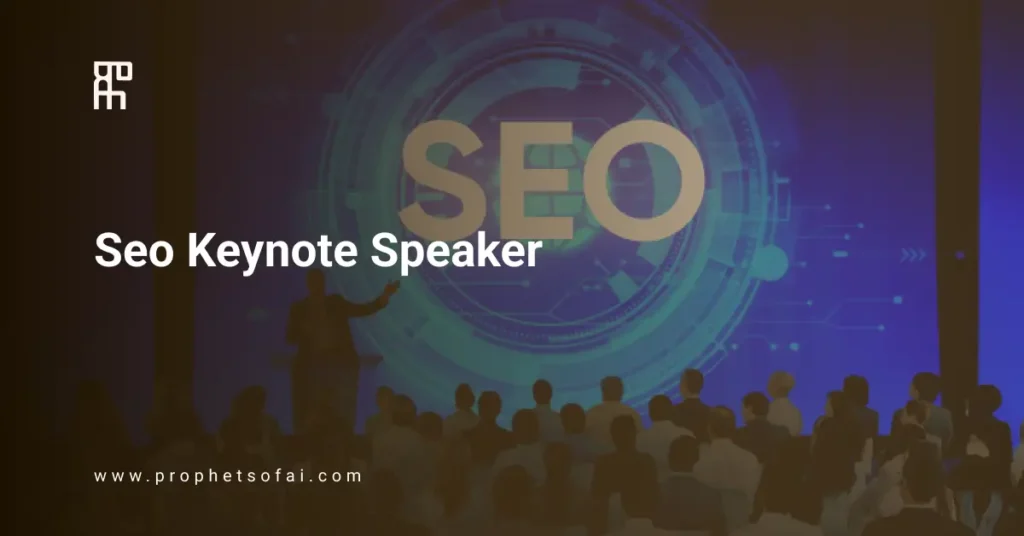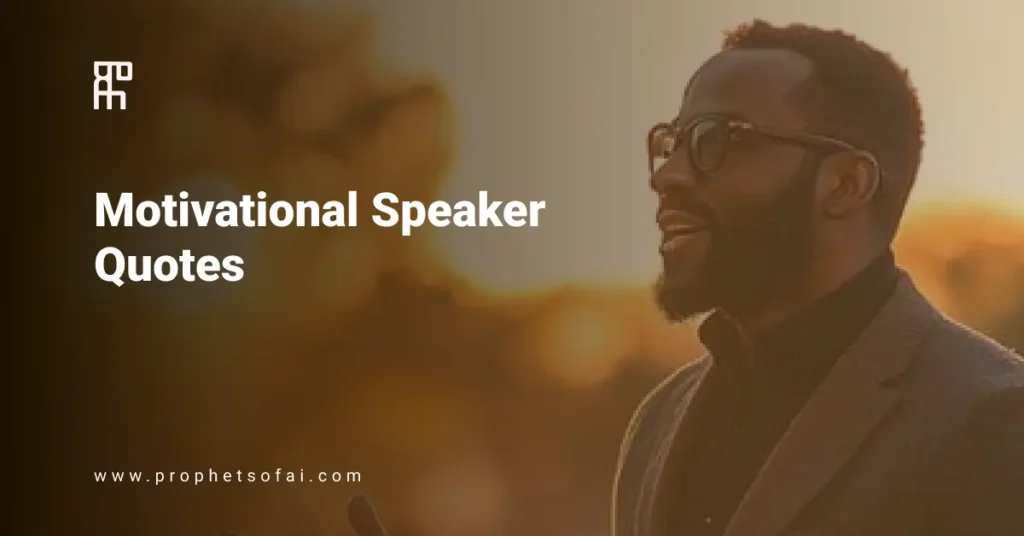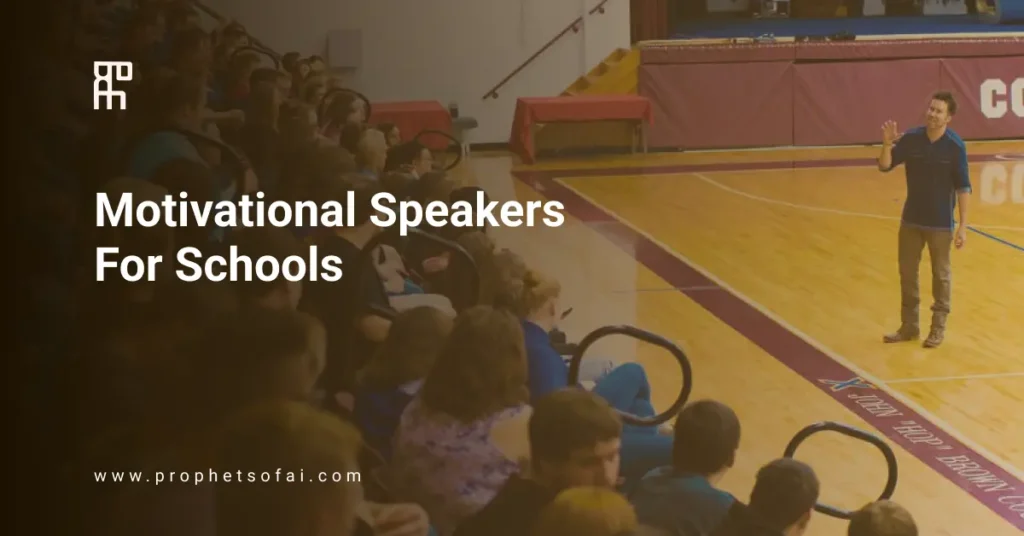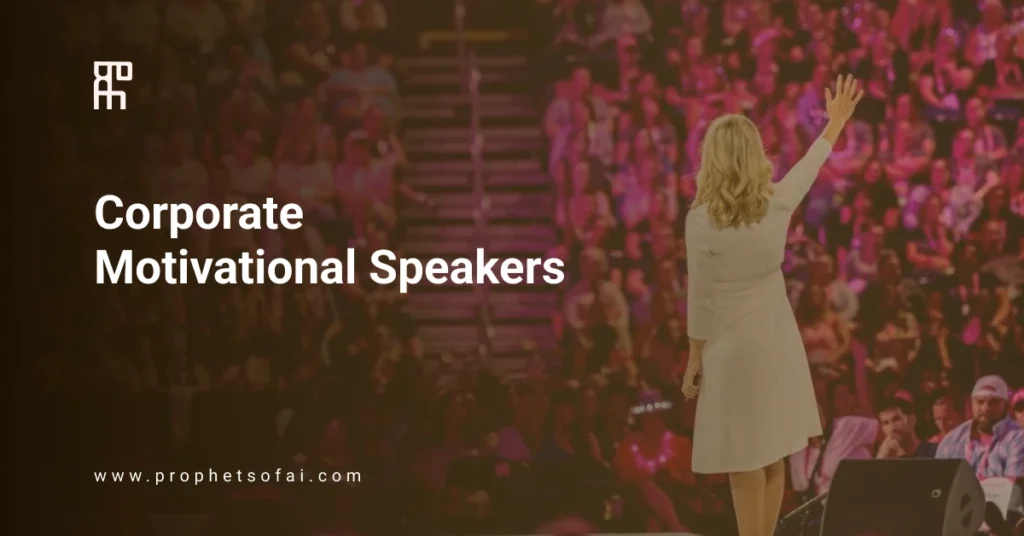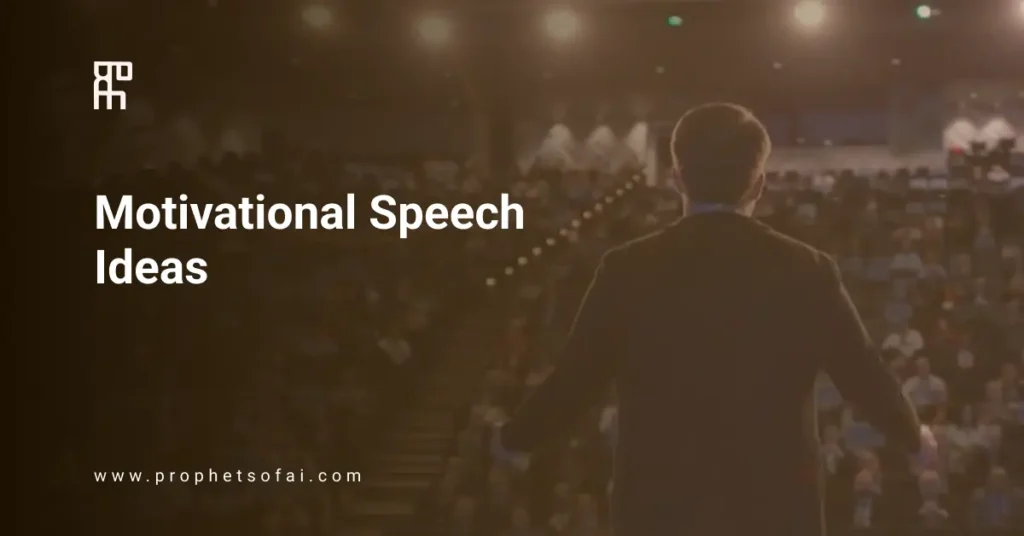Ask ten event planners when a keynote speaker should arrive, and you’ll get answers ranging from “30 minutes is fine” to “the night before.” Ask ten speakers, and the responses are equally scattered. Some pride themselves on arriving exactly on time, while others show up hours early looking anxious.
The truth? There’s no one-size-fits-all answer—but there are professional standards that separate amateur speakers from seasoned experts.
Arriving too late creates chaos: rushed technical setups, stressed organizers, and speakers who walk on stage cold. But arriving unnecessarily early wastes everyone’s time and signals inexperience. The sweet spot depends on your event type, speaking format, and technical requirements.
Here’s exactly when keynote speakers should arrive for every scenario, and why these timelines matter for both speakers and event organizers.
The Standard Rule: 90-120 Minutes Before Your Session
For most keynote speaking engagements, arriving 90 to 120 minutes before your scheduled start time is the professional standard. This isn’t arbitrary—it’s the minimum window needed to ensure technical excellence and confident delivery.
Why This Window Works
Ninety minutes accounts for the unexpected. Traffic runs heavy. Parking lots are confusing. Conference venues are sprawling mazes. What Google Maps estimates as a 10-minute walk from the parking garage might actually take 25 minutes when you’re navigating signage, security checkpoints, and crowded hallways. This buffer absorbs those surprises without triggering panic.
Breaking Down Your Pre-Event Time
Here’s how professional speakers use that 90-minute window:
Minutes 90-60: Check in with the event organizer, locate the speaking room, and familiarize yourself with the venue layout. Find restrooms, water stations, and any green room or speaker prep area. This reconnaissance eliminates last-minute scrambling.
Minutes 60-30: Technical rehearsal time. Work with the AV team to test your slides, videos, and any animations. Check microphone types and volume levels. Walk the stage to understand your movement space and test the clicker. If you’re being recorded or livestreamed, verify camera angles and lighting.
Minutes 30-15: Connect with key stakeholders—the event organizer, session moderator, or any VIPs you should know about. Get updates on audience composition or last-minute schedule changes. Review your opening and closing one final time.
Minutes 15-0: Mental preparation. Do vocal warm-ups, breathing exercises, or whatever centering routine works for you. Stay hydrated but avoid heavy eating. Position yourself for a confident entrance.
When 90 Minutes Isn’t Enough
Some situations demand more time. Large conferences with 500+ attendees require arriving at least two hours early due to increased complexity and higher stakes. Complex AV requirements—multiple video segments, live demos, or interactive technology—need an extra 30-60 minutes for troubleshooting. International or high-stakes events where reputation is everything? Arrive the night before to eliminate travel risk entirely.
Special Scenarios: Adjusting Your Arrival Time
Not all speaking engagements follow the same rules. Here’s how to adjust your arrival time based on event format and circumstances:
Virtual Keynotes
For remote presentations, log in 30-45 minutes early minimum. Test your audio, video, screen sharing, and internet stability. Have a phone backup ready if your connection fails. Understanding the differences between virtual keynotes and in-person keynotes helps you prepare appropriately for each format’s unique technical demands.
Multi-Day Conference Timing
Your position in the agenda matters. Opening keynote speakers should arrive 2+ hours early or the night before—you set the tone for the entire event, and there’s zero room for error. Mid-conference slots follow the standard 90-minute rule. Closing keynotes need that same 90-minute buffer but require extra flexibility since earlier sessions often run late. The differences between opening and closing keynote speakers extend beyond content to logistics and timing.
Corporate Events vs. Public Conferences
Intimate corporate events in controlled environments allow for 60-90 minute arrival windows—smaller venues mean fewer variables. Public conferences with hundreds or thousands of attendees demand 120+ minutes due to increased complexity, security protocols, and larger venue navigation.
International and Destination Events
Always arrive at least one day prior for international events. Jet lag, time zone adjustments, and travel unpredictability make same-day arrivals reckless. Build in recovery time from long flights so you deliver at your best.
Panel Discussions vs. Solo Keynotes
Panels require only 60 minutes early arrival since setup responsibilities are shared and technical requirements are simpler. Solo keynotes demand the full 90-120 minutes—you’re the main attraction, and everything rides on your performance.
Weather and Travel Wild Cards
Winter events in snowy climates? Add 30-60 minutes for weather delays. Speaking during rush hour? Double your estimated travel time. Smart keynote speaker travel arrangements always include generous padding for the unexpected.
What to Do During Your Pre-Event Window
Arriving early only helps if you use the time wisely. Here’s your priority checklist:
Technical Rehearsal (30-40 minutes)
Test every slide, video, and animation. Check microphone comfort and clicker functionality. Walk the stage to understand your movement space. Verify lighting and camera angles if you’re being recorded. Professional speakers always have backup plans—extra clickers, downloaded presentations, and phone numbers for the AV team.
Gather Venue Intelligence
Assess the room layout and audience seating arrangement. Note temperature, acoustics, and sight lines. Locate water, restrooms, and emergency exits. Understanding your physical environment builds confidence.
Final Preparation
Review your opening and closing—these are your most critical moments. Do light vocal warm-ups and breathing exercises. Stay hydrated but avoid heavy meals. Connect briefly with the organizer for any last-minute audience insights or schedule changes.
Conclusion
The professional standard is clear: arrive 90-120 minutes before your keynote for most events, with adjustments for special circumstances. This window isn’t excessive—it’s the minimum needed for technical excellence, mental preparation, and confident delivery.
Early arrival shows respect for your audience and event organizers. It signals professionalism and eliminates the chaos of rushed setups. When you book speakers through Prophets of AI, you’re partnering with professionals who understand these standards and arrive prepared to deliver exceptional value.
Ready to work with keynote speakers who value punctuality and preparation? Contact Prophets of AI today.
